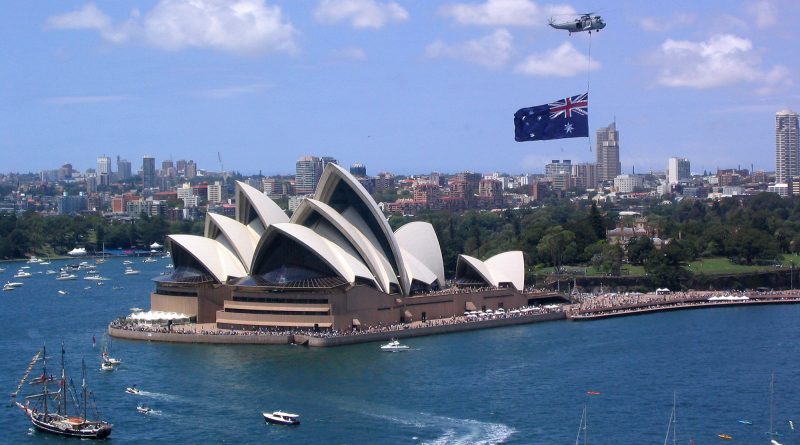LNP – Australia eases international border restrictions for first time in pandemic
Australia eased its international border restrictions on Monday for the first time during the coronavirus pandemic, allowing some of its vaccinated public to travel freely and many families to reunite, sparking emotional embraces at airports.
After more than 18 months of some of the world’s strictest coronavirus border policies, millions of Australians are now free to travel without a permit or the need to quarantine on arrival in the country.
While travel is initially limited to Australian citizens, permanent residents and their immediate families, it sets in motion a plan to reopen the country to international tourists and workers, both much needed to reinvigorate a fatigued nation.
Passengers on the first flights from Singapore and Los Angeles arrived in Sydney early in the morning, many greeted by tearful friends and relatives they had not seen for several months. Travellers were also welcomed by airline staff holding banners and were gifted Australian wildflowers and chocolate biscuits.
“Little bit scary and exciting, I’ve come home to see my mum ‘cause she’s not well,” said Ethan Carter after landing on a Qantas Airways flight from Los Angeles.
“So it’s all anxious and excitement and I love her heaps and I can’t wait to see her,” he said, adding he had been out of the country for two years.
In Melbourne, a water cannon sprayed a Singapore Airlines plane in celebration as it taxied down the tarmac after landing.
In one of the world’s toughest responses to the coronavirus pandemic, Australia slammed its international border shut 18 months ago, barring foreign tourists and banning citizens from either exiting or arriving unless granted an exemption.
The strict travel rules effectively prohibited many Australians from attending significant events, including weddings and funerals, as well as preventing people from seeing family and friends.
The relaxation of travel rules in Victoria and New South Wales states and the Australian Capital Territory comes as much of Australia switches from a COVID-zero pandemic management strategy towards living with the virus through extensive vaccinations.
While the Delta outbreak kept Sydney and Melbourne in lockdowns for months until recently, Australia’s COVID-19 cases remain far lower than many comparable countries, with around 170,500 infections and 1,743 deaths, as at Oct. 31.
Around 1,500 people were scheduled to fly in to Sydney and Melbourne on Monday, according to airline industry group BARA.

